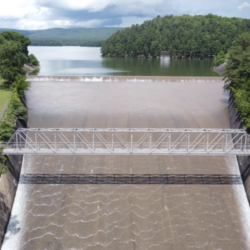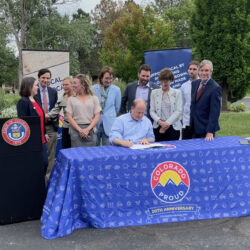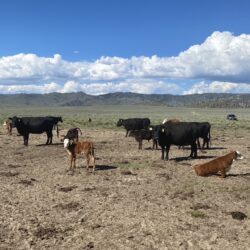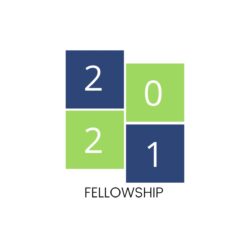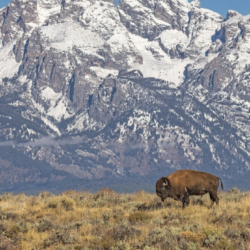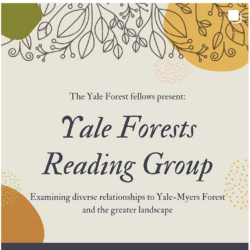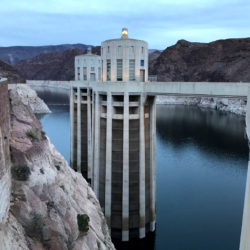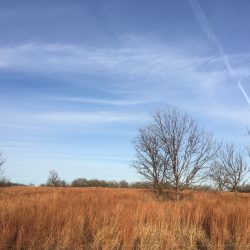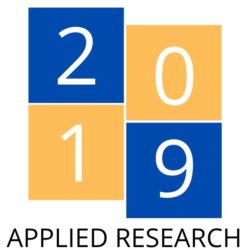Why Water Utilities Should Invest in Natural (Green) Infrastructure — Lily Colburn
Water utilities provide drinking, wastewater, and stormwater services to millions of people across the United States, including for residential, commercial, and industrial uses. These essential service providers are responsible for offering safe and affordable resources to their customers, which include identifying, protecting, and enhancing a drinking water source, pumping water from the source to a Read more about Why Water Utilities Should Invest in Natural (Green) Infrastructure — Lily Colburn[…]

